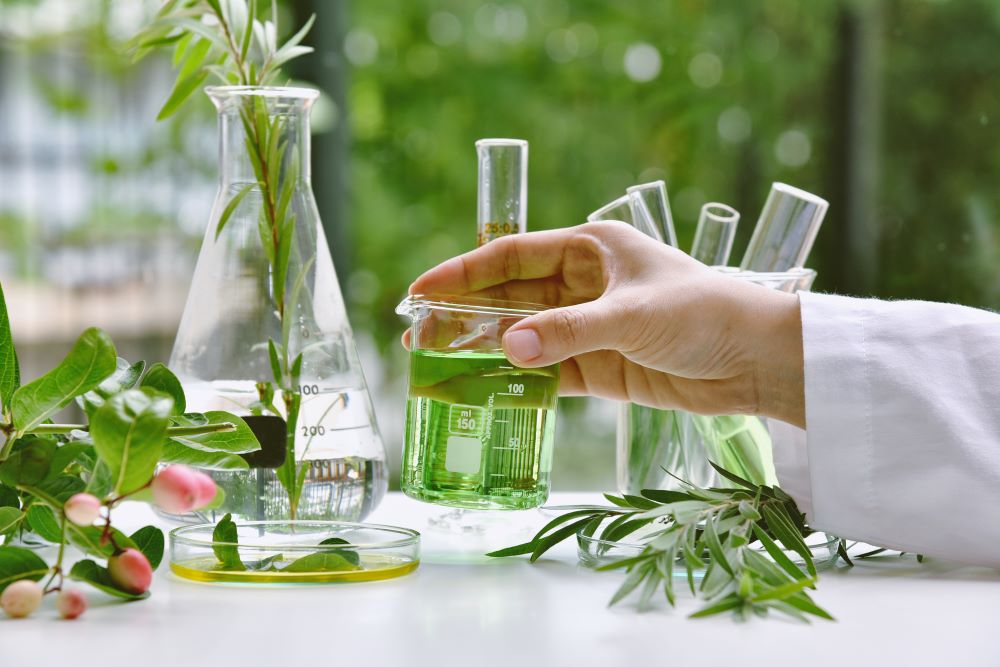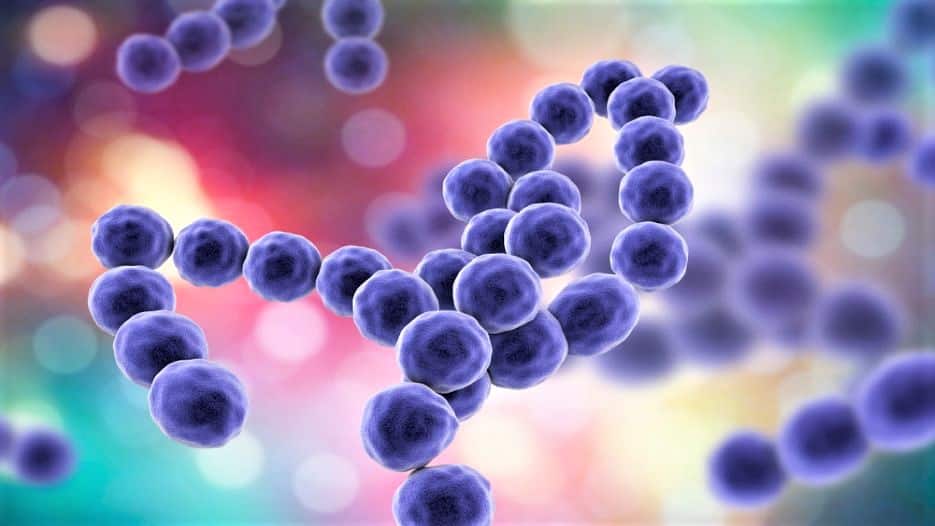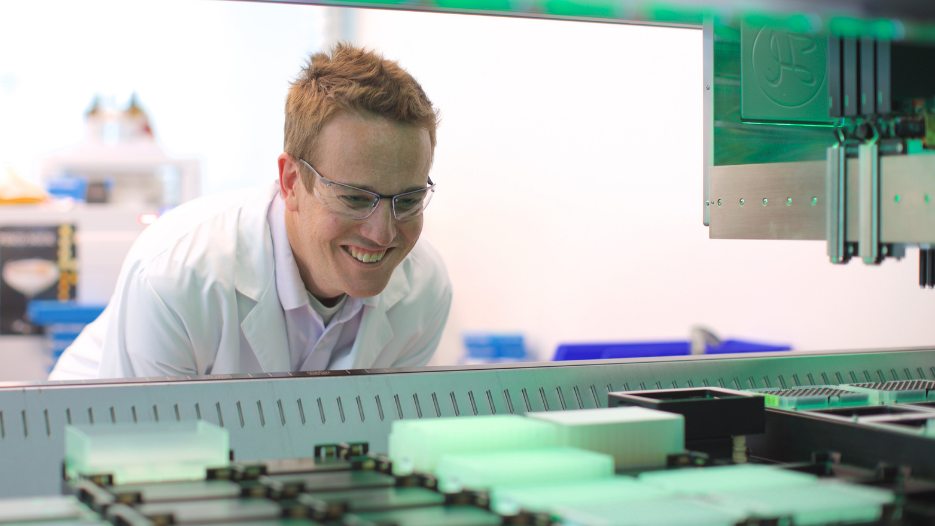Cannabinoid Isolates Vs Full Spectrum: Let’s Compare

Many CBD products on the market display “CBD” prominently on the front of their label or packaging. But then there is often an additional line underneath describing the product as “broad spectrum”, “full spectrum”, or “CBD isolate”.
This leads many people to wonder, what’s the difference? And does it matter?
There’s actually a pretty big difference between all three, and it’s important to understand the terminology in order to reduce confusion.
Full Spectrum, Broad Spectrum and Cannabinoid Isolates
No matter if it is full spectrum, broad spectrum or isolate, cannabinoid products that comply with federal and national laws can only have a maximum of 0.3% of THC in the US, and in Europe, this can be as low as 0.2% THC.
Full spectrum cannabinoid products contain all of the compounds from the cannabis plant, including the 100+ individual cannabinoids, terpenes and flavonoids that the plant produces.
Broad spectrum products contain the same compounds as full spectrum, with the only exception being that any detectable amount of THC has been removed.
Isolates, on the other hand, are highly pure cannabinoids and in most instances are at least 95% pure for the specific cannabinoid.
Cannabinoid isolates contain minimally detectable amounts of other compounds the plant produces. They have little or no odor and taste, making isolates ideal for many applications.
Producing Isolates
There are three main methods to produce cannabinoid isolates.
Cannabinoid isolates can be obtained via plant extraction. The hemp plant is initially processed, and the plant extract is made into distillate, which can then undergo additional procedures to remove the undesired compounds. This creates a purer form of the intended cannabinoid. This can be a complicated process and difficult, if not impossible, to conduct when rarer cannabinoids are desired in isolate form.
Using only chemistry, a specific cannabinoid isolate can be created via a series of chemical reactions. These cannabinoids have the exact same molecular structure as those purified from the hemp plant. Chemistry is not always exact in its reactions, and there are certain cannabinoids where it would be too expensive or unfeasible to produce high-purity product using this method.
By programming a microorganism, like yeast, to produce a specific cannabinoid, large quantities of a desired cannabinoid can be produced using fermentation. During the fermentation process, yeast grow and multiply quickly in a bioreactor. One hundred yeast cells making the rare cannabinoid in question become thousands, and then millions. All of these tiny microorganisms continually produce the rare cannabinoid as they multiply.
These cannabinoids have exactly the same molecular structure as those from the plant.
Additionally, fermentation-produced cannabinoids can easily be purified through a series of standard steps. This is a fast and cost-effective way to generate product, and the end result has a high level of purity.
The Benefits of Fermentation
While it’s relatively easy to obtain abundant cannabinoids like THC and CBD isolates from the Cannabis Sativa plant, it’s more difficult with rarer cannabinoids.
In general, a rare cannabinoid is one that comprises less than 10% of the total mass of the plant. This means there is very little cannabinoid in the plant, making it difficult to achieve the volumes necessary to serve as an ingredient in commercial products.
It would simply require too many plants to provide a reliable, sustainable supply of a rare cannabinoid, not to mention purify it to the standard required for an isolate. This is why fermentation production can be a sustainable and efficient method to gain access to the rarest cannabinoids.
In fact, fermentation production uses less energy, water and land than agriculture. This process evens the playing field as abundant and rare ingredients can be produced in the same quantities.
Are Isolates Better than Broad Spectrum Products?
There is currently quite a bit of debate over the benefits of broad-spectrum cannabinoids versus isolates.
Some believe that the entourage effect, prompted by cannabinoids, terpenes and flavonoids working in concert, can provide desired health benefits. This school of thought dictates that broad-spectrum cannabinoids are the most effective. However, there is no scientific data supporting this belief.
In addition, it is presently impossible to control the specific amounts of each compound any given plant crop will produce. Broad spectrum batches will differ from crop to crop, and depending on the balance of terpenes, cannabinoids, and flavonoids, users may experience varying effects. So far, research on synergistic effects of compounds has demonstrated that their ratios can have a drastic effect on the actual outcome.
Others believe that isolates are safer. With this single, pure compound, any additional risk from ingesting unknown compounds and ratios is diminished. It is also easier to control dosage and blend ratios of cannabinoid isolate to other ingredients to formulate final products. With isolates, a customer can be sure of the exact amount of the cannabinoid used or consumed.
Final Words
At Demetrix, we are dedicated to the study of rare cannabinoids and the benefits they can bring to millions. We believe that producing pure isolates through fermentation is the best way to provide safe, efficacious products to consumers.
We continue to keep an open mind as we apply scientific rigor to understanding these rare ingredients. Every day we learn something new and exciting. We’re just at the beginning of discovering the potential of these rare ingredients.






